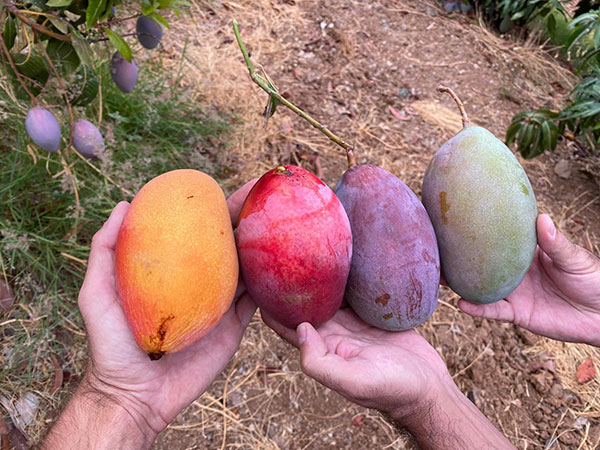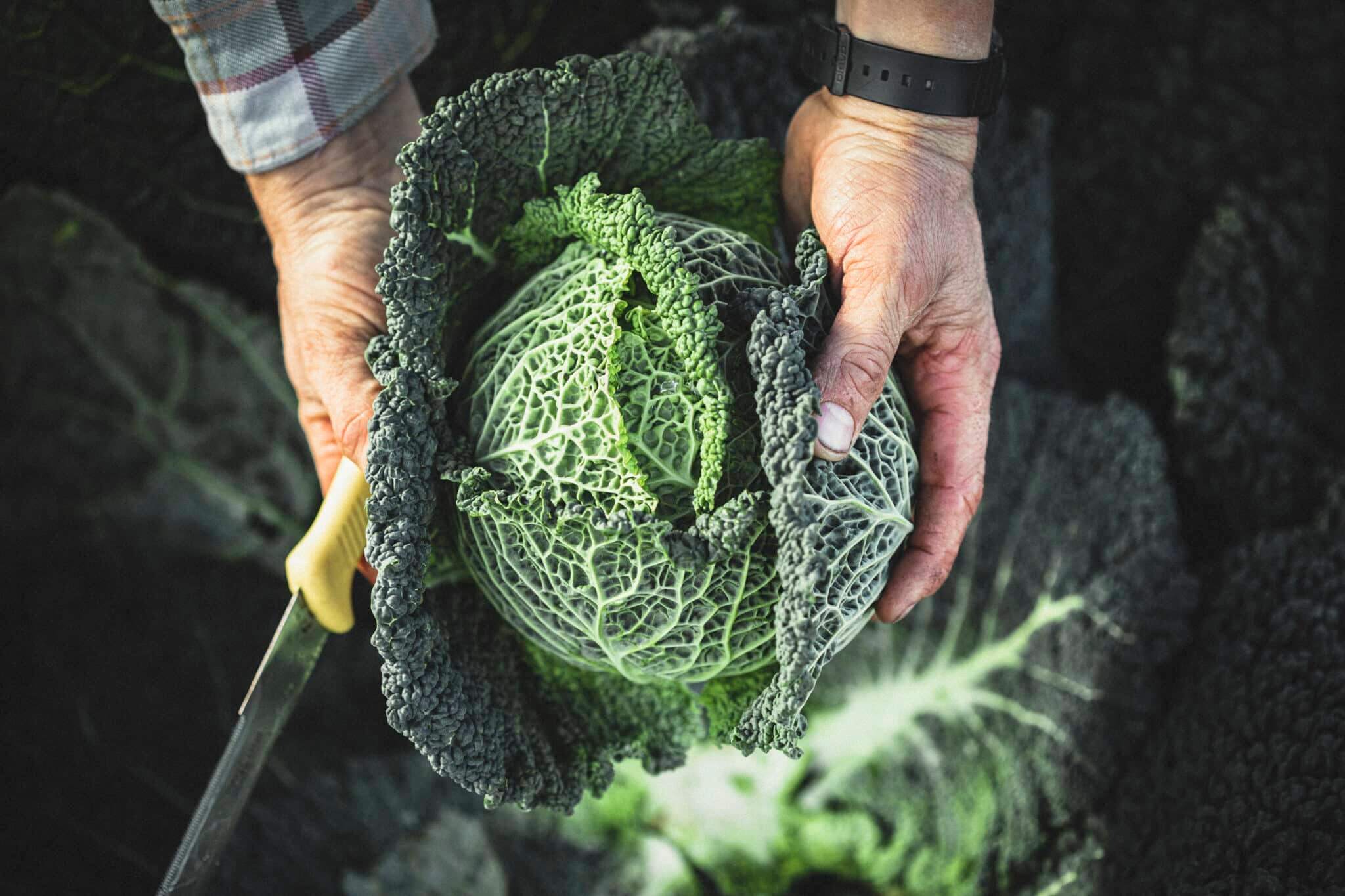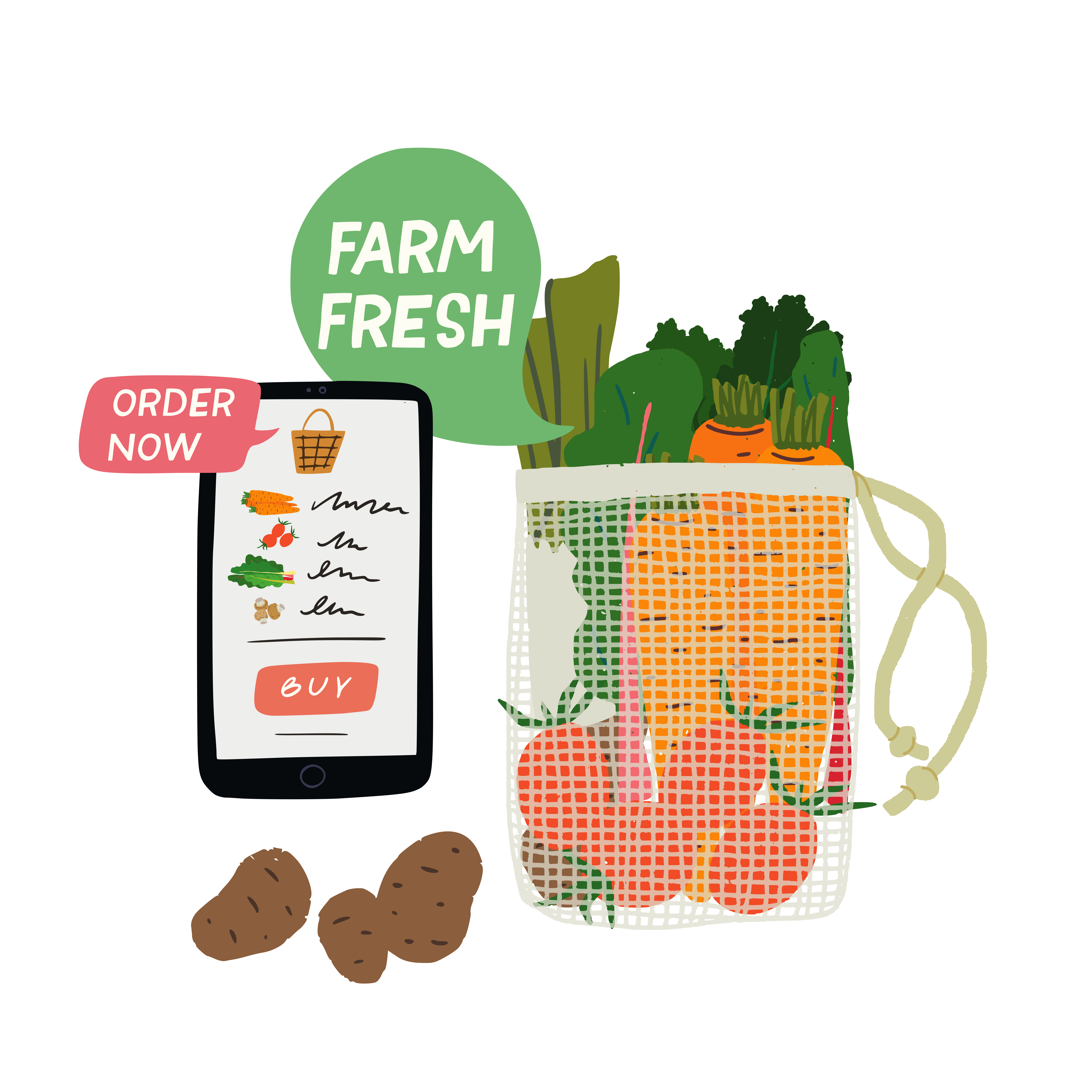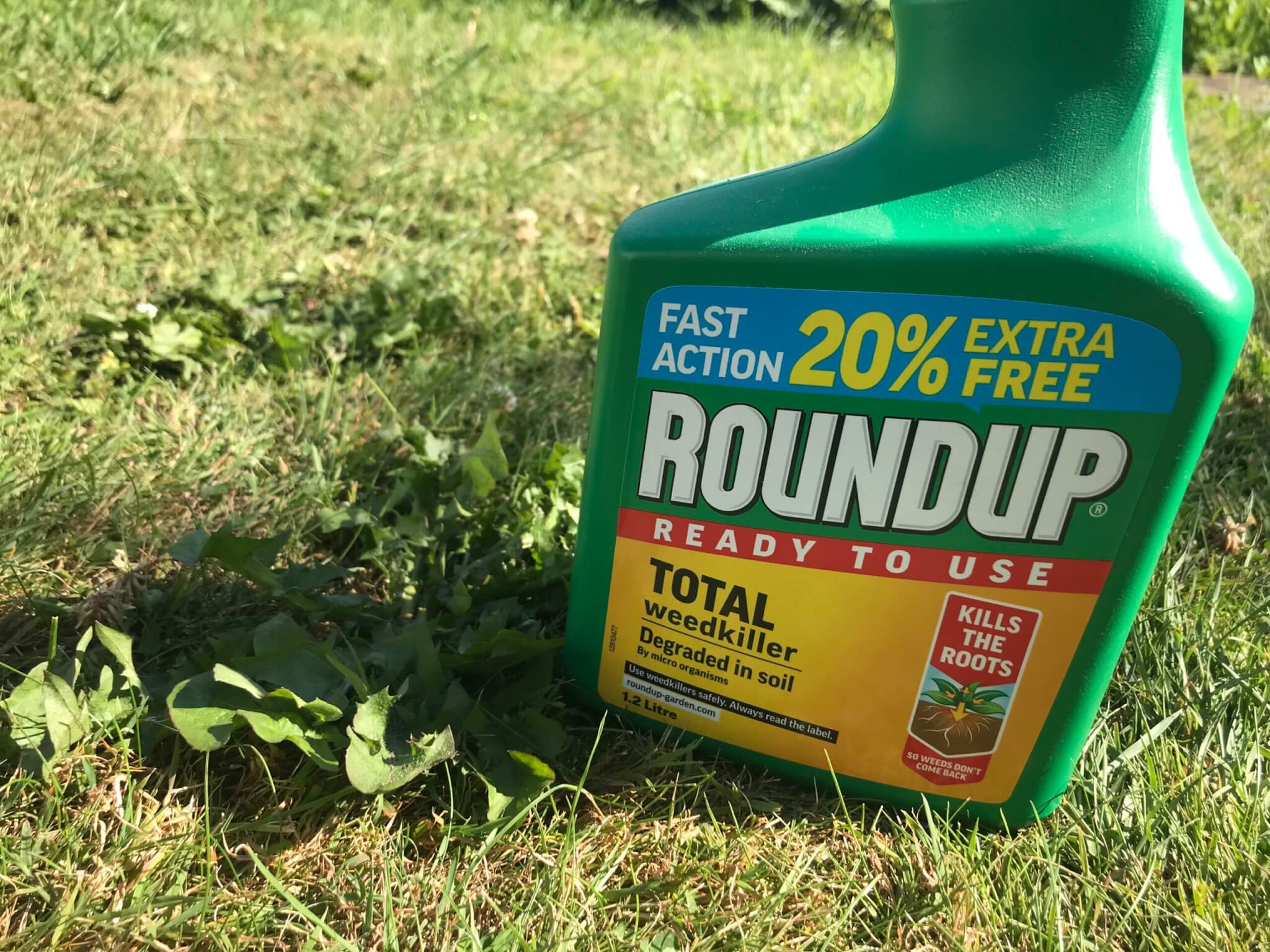Spanish mango season is here – just when we are missing the soft fruits of summer, they bring a much-needed dose of sunshine to our plate.
Organic grower Enrique Morales Cordoba’s land lies in the beautiful valley of Velez-Malaga, which at this time of year is full of ripening Osteen mangoes, a commonly-grown variety in the south of Spain.
Described as having an ‘elegant’ shape, Osteens are plump, sweet and fragrant. As they grow, the luminous colours are spectacular – a beautiful, cloudy bloom over shades of pistachio green, lilac, and magenta pink through to glowing oranges and yellows.

Spanish mangoes are the closest ones to the UK in terms of distance, so the crop can be harvested in a more mature stage, which allows the flavours to develop much more than others that come to market, such as Asian or South American.
You can tell they are ripe when they are still firm, but with a slight give to the flesh when squeezed. If the ones in your fruit basket are slightly mottled that’s fine; even when ripe the skin may still be green, with just a purple-red or yellow tinge.
The season starts at the end of August and runs through to the end of October on Enrique’s beautiful three-hectare farm. His organic farming journey started in 2002 with a small crop of mangoes, supplied to organic veg box company Riverford each season, followed by organic avocados from November till May. The two crops are often grown in combination as they complement each other well in terms of seasonality and growing conditions.

Kent is another mango variety that grows well in Spain; also considered one of the best, it is bursting with flavour and has a rounder shape. Large, with dark green skin and juicy golden flesh, they have few fibres, which makes them excellent for juicing. If yours isn’t yet ready to eat, pop it in a paper bag with a ripe banana to help it along.
In many countries, unripe mango is eaten with salt or chilli. Ripe mangoes can be used to make chutney, whereas in Asia, pickles are usually made with sour, unripe fruit.

To prepare, slice the flesh away from the flat central stone as two large cheeks. Then score the flesh down to the skin with a knife tip in a criss-cross pattern. Bend the skin backwards so the chunks spring up into a hedgehog shape. Slice these off, or nibble them straight from the skin. Any excess flesh on the edges of the stone can be cut away and eaten, too.













Hi ,I live in Scotland & every year last few years enjoyed Spanish mangoes from Lidl supermarket , last years &this they don’t sell them any more , is there any other supermarket selling them ,these are the most wonderful mangos after Pakistani mangoes which season ends in September .
Makueni County, in SE Kenya grows apple mangoes which are ready for export in November to March.